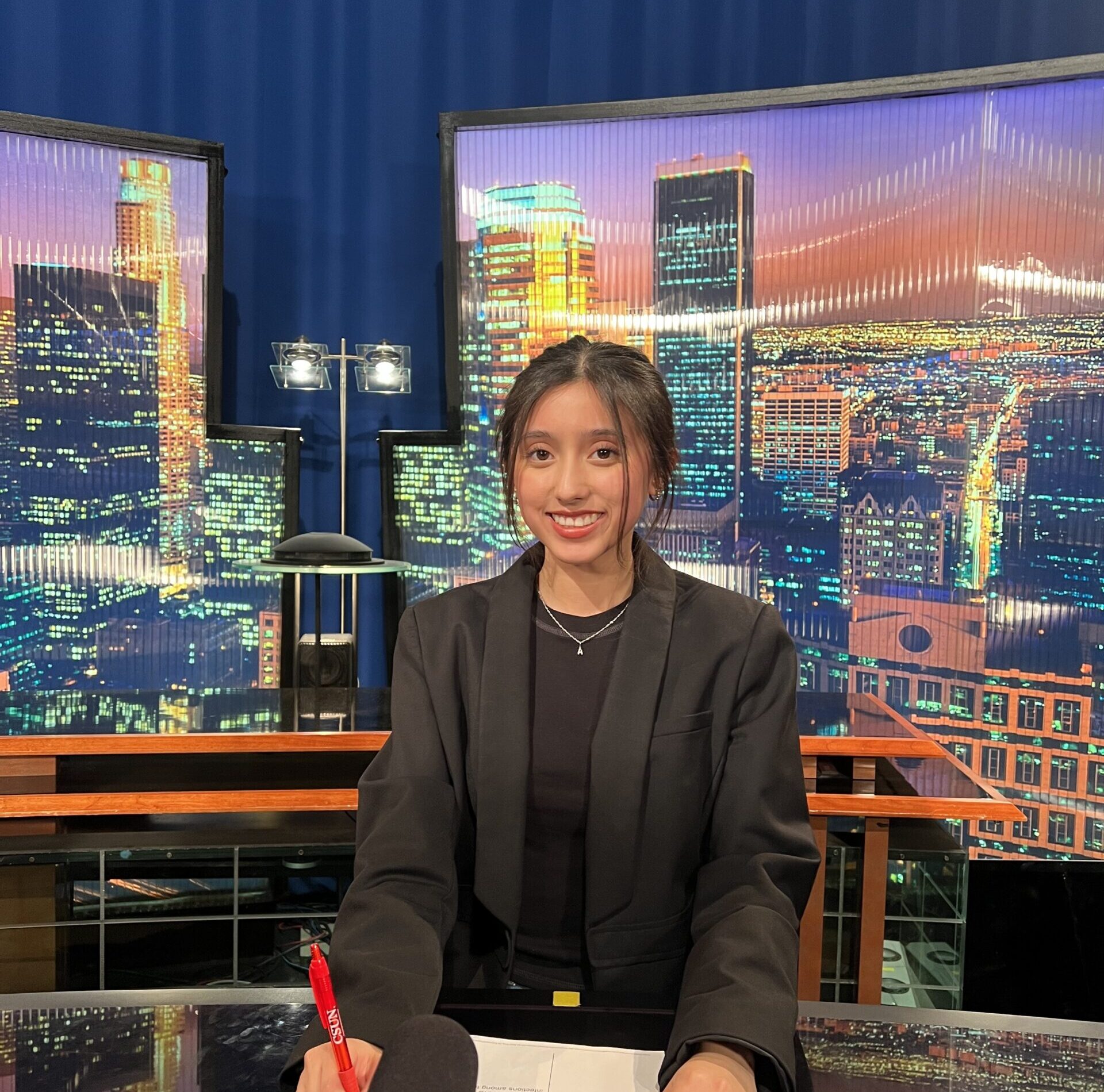Identifying prominent tropes in cinema is half the fun of watching a film in the first place. The female rage trope, which has become increasingly popular in recent years, is one of the more easily identifiable strains. This trope has always had a place in the world of film – although it’s become easier to identify in modern media.
Female rage has garnered popularity within several mediums, and a number of films have mastered what it really looks like. This allows viewers, especially those who identify as female, to fully immerse themselves in the movie. Relating to these actresses feels natural.
The film “I Tonya” showcases Margot Robbie through her incredible portrayal of a career-driven woman who gives up everything for ice skating. Based on the life of figure skater Tonya Harding, this biopic chronicles her ambition-fueled descent into self-destruction. Robbie’s performance highlights how the fuel known as female rage can drive a woman to success and madness. Harding’s life story depicts her strained relationship with her cold mother, which serves as her motivation for her hard work on the ice. These maternal issues eventually ripple out into Tonya’s career. Harding’s chilling emotional drive is catalyzed by the trauma she endures at the hands of the media and her family, culminating in a rage-fueled spiral into catastrophe.
These harsh realities ignite female rage, a trope that commonly paints women as femme fatales or warriors. Compilations of scenes depicting various iterations of this feminine archetype have inundated TikTok, Twitter and Instagram.
On TikTok, many of these popular edits are set against the sound of Lana Del Rey songs or equally well-known sad tracks. Some of the most commonly depicted ingenues are Tiffany in “Silver Linings Playbook” Katniss in “The Hunger Games” and Lolita in “Lolita.” A number of these edits also include scenes from “Black Swan,” featuring the talents of Natalie Portman. Like Tonya Harding, the elite ballerina suffers from ‘mommy issues,’ which fuel her need for perfection in her career.
More light-hearted depictions of female rage include scenes from “Mean Girls.” Rachel McAdams‘ hilariously nuanced portrayal of mean girl Regina George is punctuated by Regina’s agonizing scream, a sound that reflects her internal rage. Though Regina’s rage-fueled shriek can be found comedically relatable, it still highlights the ever-present and ever-painful scars of womanhood.
The increased visibility of female rage poses a serious question — to what extent are these videos and edits beneficial? Many of the women who watch them find themselves questioning the validity and impact of this subgenre of media. The popularity of female rage in film lends itself to glorification. While these scenes often realistically depict the lived experiences of women, they also run the risk of defamiliarizing female pain.
On the other hand, these scenes can provide a sense of leisure and catharsis to viewers. In a brief period of time, these videos have spread across numerous social platforms, illuminating the complexities of female rage and “girlhood anger” for a whole. new audience. An entire community of users continues to acknowledge and repost what they deem as relatable and eye-opening content. In fact, the hashtag #femalerage is so commonly used on TikTok that it’s garnered 6.4 billion views on its thousands of videos. This hashtag not only brings awareness to the messages within these edits but it sheds more light on the powerful performances of many talented actresses. At this point, women – the target demographic of the trope – either love it or hate it. Nevertheless, whether you love it or hate it, you certainly can’t miss it.

















